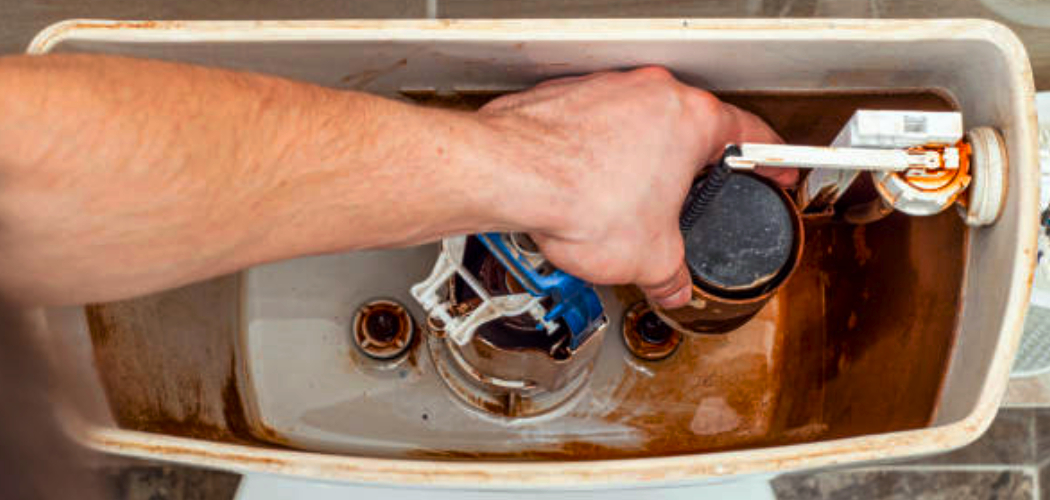Ensuring the correct water level in your Kohler toilet is essential for optimal performance and water efficiency. If the water level is too high or too low, it can lead to issues such as constant running, insufficient flushing power, or wasting water. Adjusting the water level is a simple process that can be done at home with a few basic steps. This guide will walk you through how to adjust the water level in a kohler toilet to maintain its efficiency and functionality.
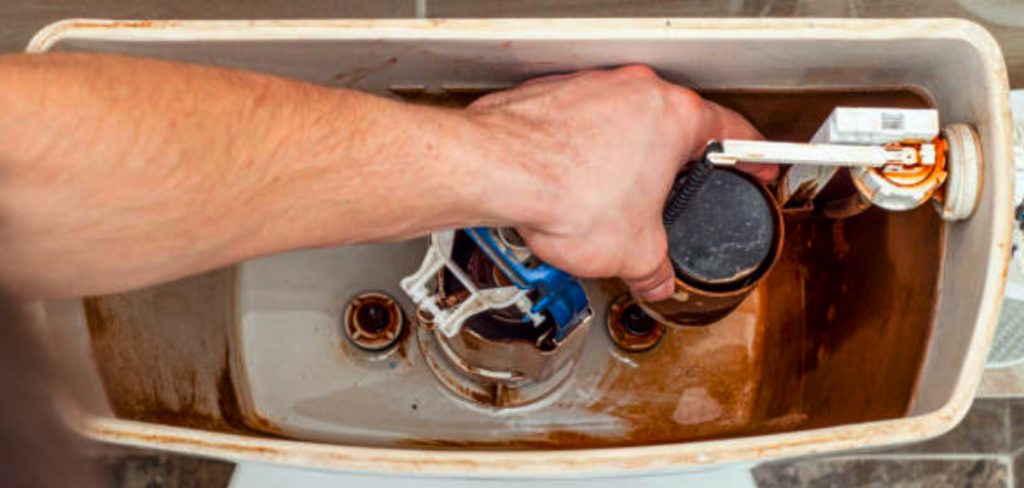
Importance of Maintaining the Correct Water Level
Maintaining the correct water level in your Kohler toilet is crucial for both functionality and conservation. When the water level is too low, the toilet may not flush properly, leading to clogs and the need for repeated flushes, which wastes water. On the other hand, if the water level is too high, it can cause the toilet to run continuously, increasing water bills and wasting resources. A properly adjusted water level ensures efficient flushing, prevents leaks, and promotes long-term durability of the toilet’s components. By keeping the water level within the recommended range, you can save money, conserve water, and avoid potential maintenance issues.
Identifying the Type of Fill Valve
Before adjusting the water level in your Kohler toilet, it’s important to identify the type of fill valve your toilet uses, as the adjustment method can vary. Most Kohler toilets are equipped with either a float cup fill valve or a ballcock fill valve.
- Float Cup Fill Valve: This modern design is commonly found in newer toilets. It uses a cylindrical float that moves up and down along the fill valve shaft to control water flow. This type of valve typically has an adjustment screw or clip to easily alter the water level.
- Ballcock Fill Valve: Older toilets often feature this type of fill valve, which consists of a long, horizontal arm with a float ball attached to the end. The position of the float ball determines when the water flow shuts off. Adjustment is usually done by bending the float arm or turning a screw near the valve.
By confirming the type of fill valve, you can ensure you are using the correct technique for adjusting the water level efficiently and accurately.
10 Methods How to Adjust the Water Level in a Kohler Toilet
1. Adjusting the Float Arm
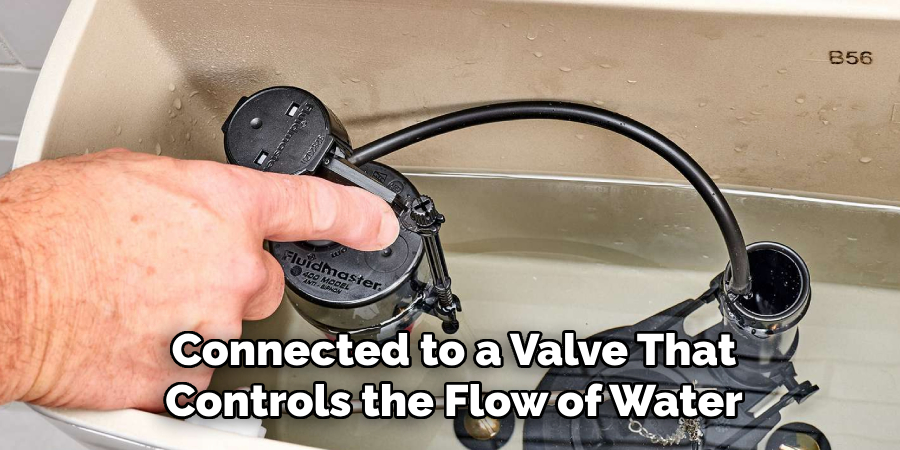
The float arm is a key component in controlling the water level in the tank. In Kohler toilets, the float arm is typically connected to a valve that controls the flow of water. To adjust the water level, locate the float arm inside the tank. If the water level is too low, gently bend the float arm upwards. Conversely, if the water level is too high, bend the float arm downward. The float arm is typically made of metal or plastic, so take care not to bend it too much to avoid damaging it. After making the adjustment, flush the toilet to check if the water level is now at the desired height.
2. Adjusting the Float Cup
For Kohler toilets with a float cup system, the float cup regulates the water level by moving up and down along a central post. If the water level needs adjustment, locate the float cup, which sits on the post inside the tank. Most float cups have an adjustable mechanism, either a screw or a clip, which allows you to change the height of the float cup. To raise the water level, move the float cup upwards; to lower it, slide the cup downward. This method is particularly effective for more modern Kohler models equipped with a float cup system.
3. Adjusting the Fill Valve Height
In many Kohler toilets, the fill valve is the component responsible for allowing water into the tank. Some models allow for the height of the fill valve to be adjusted to control the water level. If your toilet has this feature, you can usually adjust the height of the fill valve by turning it clockwise or counterclockwise. Raising the fill valve will increase the water level in the tank, while lowering it will decrease the water level. Ensure that the fill valve is not obstructed by any debris or mineral buildup, which could affect its ability to adjust properly.
4. Replacing the Fill Valve
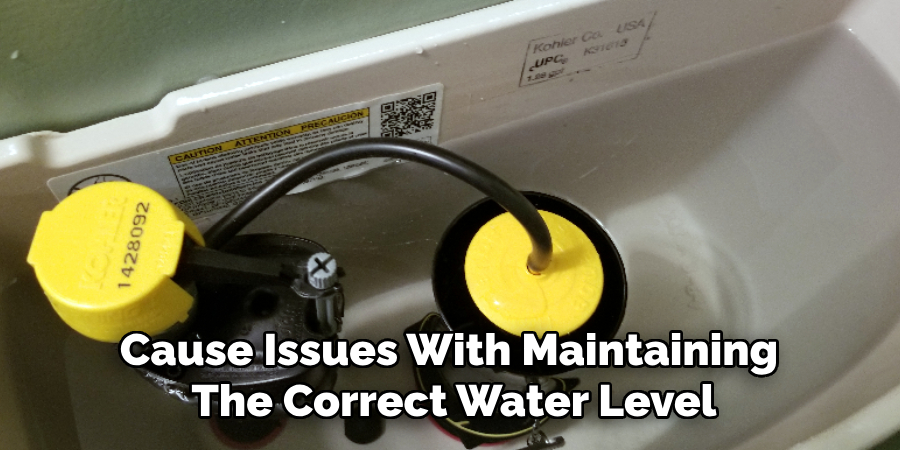
Sometimes, the fill valve may become faulty and cause issues with maintaining the correct water level. If the fill valve is not functioning properly, it may be unable to stop water from flowing once the desired level is reached. In such cases, replacing the fill valve is a necessary step. Start by turning off the water supply to the toilet and draining the tank. Disconnect the old fill valve and replace it with a new one. Once the new fill valve is installed, adjust the height as necessary to set the correct water level.
5. Using the Adjustment Screw on the Fill Valve
In many Kohler toilets, the fill valve comes equipped with an adjustment screw that controls the water level. This screw is usually located on top of the valve, and turning it clockwise or counterclockwise will adjust the water level. To raise the water level, turn the screw counterclockwise, and to lower it, turn the screw clockwise. This method is one of the most common ways to fine-tune the water level in a Kohler toilet, especially if the float arm or float cup systems are not adjustable.
6. Checking the Overflow Tube
The overflow tube is another important component to check when adjusting the water level in a Kohler toilet. If the water level is too high, it could be due to an issue with the overflow tube. The overflow tube prevents the tank from overflowing by directing excess water into the bowl. If the water level is too close to the top of the tube, you may need to adjust the fill valve or float system to lower the water level. Ensure that the overflow tube is securely in place and not damaged, as this could lead to water level problems.
7. Adjusting the Water Level Using the Water Supply Valve
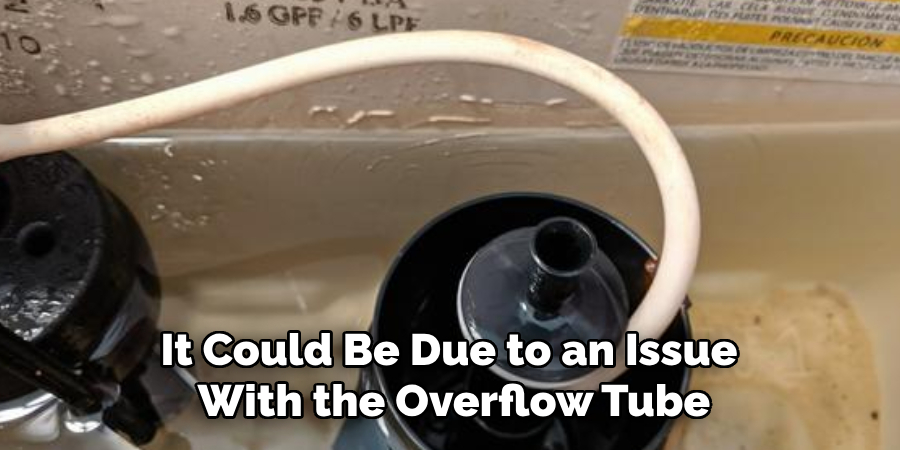
In some cases, you can adjust the water level by manipulating the water supply valve. The water supply valve, usually located near the base of the toilet, controls the flow of water into the tank. If the water level in the tank is consistently too high or low, you can try adjusting the supply valve slightly. Turning the valve counterclockwise allows more water to flow in, while turning it clockwise reduces the water flow. However, this method may not provide precise control over the water level, and it is best used in conjunction with other methods.
8. Inspecting the Flapper Valve
If the water level is fluctuating or if the toilet is constantly running, the flapper valve may be the culprit. The flapper valve regulates the release of water from the tank into the bowl during flushing. If the flapper is not sealing properly, it may allow water to continuously leak into the bowl, leading to a low water level in the tank. Inspect the flapper for wear or damage, and replace it if necessary. Once the flapper is functioning correctly, the water level in the tank should stabilize.
9. Cleaning the Fill Valve and Components
Over time, mineral deposits and debris can accumulate inside the fill valve and other components of the toilet tank. These buildups can affect the performance of the water level regulation system. To clean the fill valve and other parts, turn off the water supply and drain the tank. Remove the fill valve and soak it in a solution of vinegar and water to dissolve any mineral deposits. After cleaning the valve, reassemble the components and adjust the water level as necessary.
10. Consulting the Manufacturer’s Manual
If you are unsure about how to adjust the water level or if the above methods do not work, it is always a good idea to consult the Kohler toilet’s user manual. The manual often provides specific instructions for your toilet model, including detailed information on how to adjust the water level, troubleshoot common issues, and maintain your toilet’s performance. Kohler offers a range of toilet models, and each may have slightly different mechanisms for controlling the water level, so referencing the manual ensures you’re using the correct procedure.
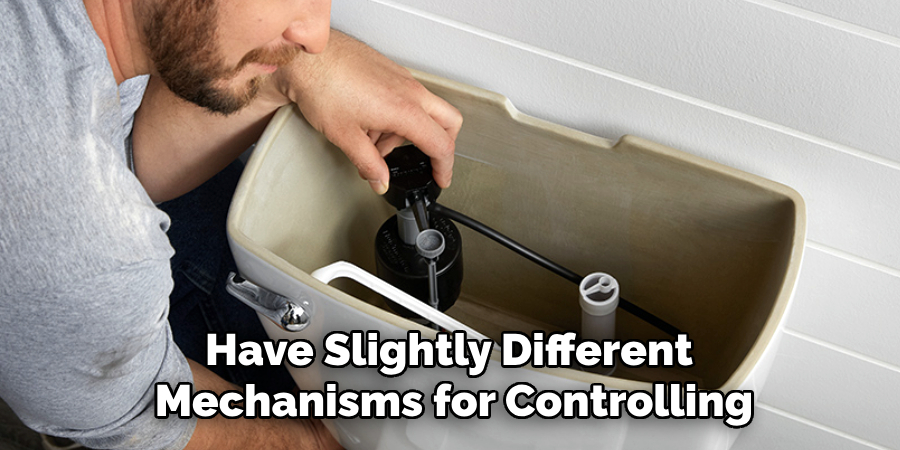
Conclusion
Adjusting the water level in a Kohler toilet is a manageable task that can enhance both its performance and water efficiency. Whether you’re working with a float arm system, a float cup, or an adjustment screw, there are various methods to choose from depending on your toilet model. Regular maintenance and timely adjustments will help ensure your Kohler toilet continues to function properly while conserving water. Thanks for reading, and we hope this has given you some inspiration on how to adjust the water level in a kohler toilet!

